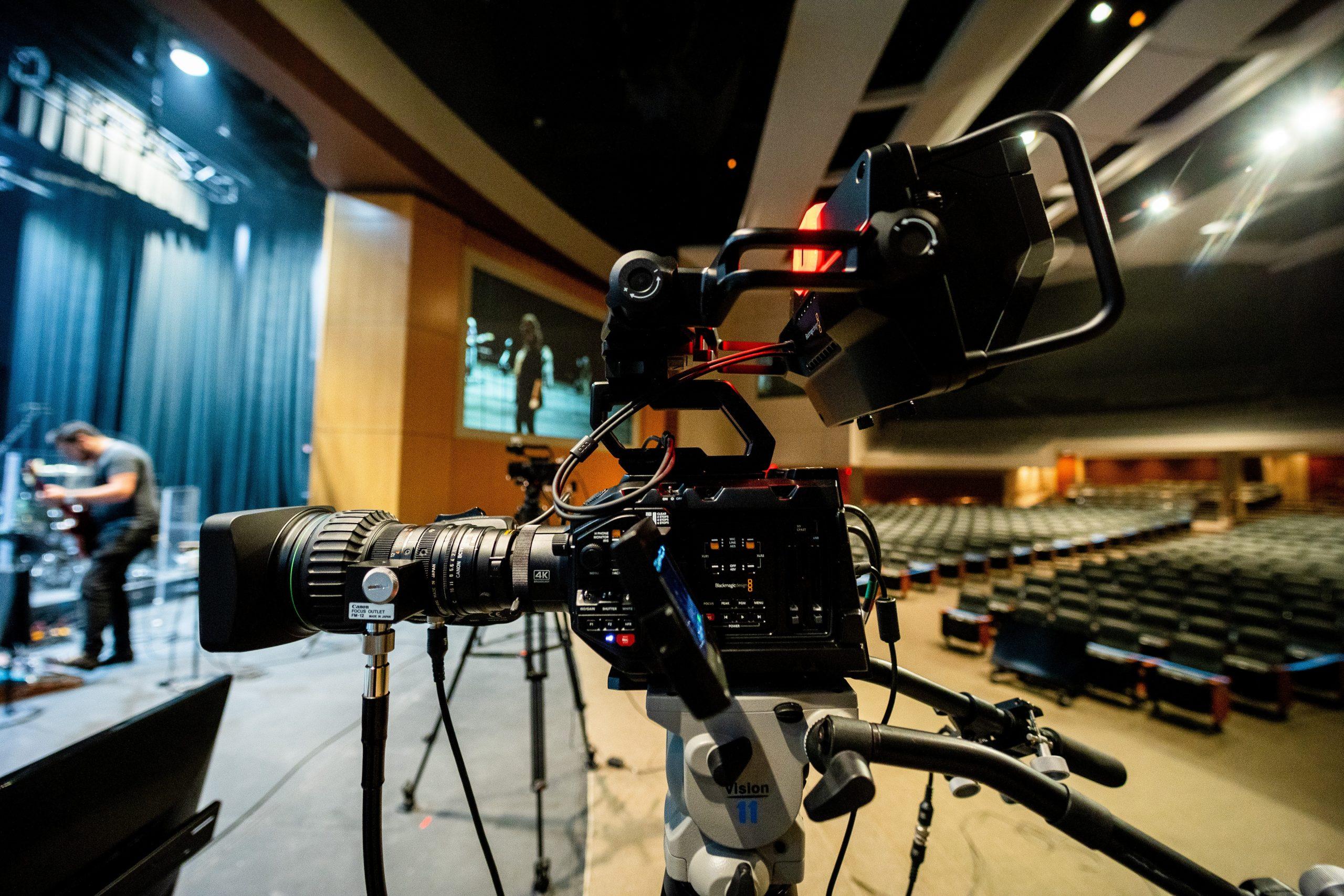The process of UHD 4K replication, also known as UHD 4K pressing, involves several steps to create high-quality Ultra High Definition (UHD) optical discs.
Here’s a breakdown of the process:

Mastering: The first step is mastering, where the UHD 4K content is prepared for replication. The content, typically in the form of a digital file, undergoes a series of processes including editing, color grading, and encoding to ensure optimal quality and compatibility with UHD 4K standards. This step is crucial for achieving the highest level of detail and visual fidelity.
AACS2 Title Keys encoded for UHD 4K pressing: AACS, which stands for Advanced Access Content System, is a form of content protection and encryption used in optical media, including Blu-ray discs. AACS encoding is the process of encrypting the content stored on a disc to protect it from unauthorized access and piracy.
Glass Mastering: Once the content is finalized, a glass master is created. The glass master is a precise and highly detailed version of the content, which serves as the template for replication. It is created by coating a glass disc with a light-sensitive material and then exposing it to laser light, which transfers the digital information onto the glass surface.
Stamping: The glass master is then used to create metal stampers. These stampers are negative replicas of the glass master and are used in the replication process. The stampers are mounted onto injection molding machines, which will create physical discs.


Injection Molding: During injection molding, a polycarbonate plastic substrate is injected between the two stampers, creating a replica of the glass master. The plastic is then allowed to cool and harden, forming the disc’s structure.
Metallization: The replicated disc, which now has the UHD 4K content embedded in the polycarbonate layer, undergoes a metallization process. A thin layer of reflective metal, typically aluminum, is applied to the disc’s surface. This layer allows the laser in the playback device to read the digital information stored on the disc.
Protective Layer: To ensure durability and protection against scratches, a protective layer, usually made of lacquer, is applied on top of the metallized layer. This layer helps preserve the integrity of the disc and prolong its lifespan.
Printing and Packaging: The final step in the UHD 4K replication process involves printing the disc label and packaging it. The printing process can involve various techniques such as offset printing, screen printing, or digital printing. The printed discs are then assembled into packaging, which can include cases, inserts, and any additional materials.
Want to learn more about UHD 4K Pressing? Call us for one-on-one personal service today!
1-800-511-8171 ext. 101


